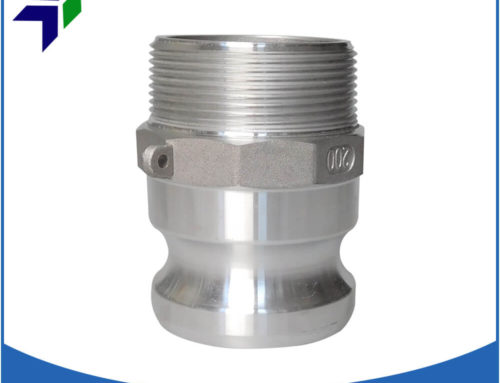When it comes to choosing the right camlock fitting materials for your industrial application, it is essential to understand their properties and the advantages they offer. Camlock fittings are widely used in industries such as oil and gas, agriculture, chemical, and manufacturing. They provide a secure, leak-proof connection, ensuring smooth and efficient operations. In this article, we will explore the various camlock fitting materials available and highlight their unique features.
- Stainless Steel Camlock Fittings:
Stainless steel camlock fittings have gained immense popularity due to their durability and corrosion resistance. These fittings are ideal for applications where exposure to harsh environments or corrosive substances is a concern. Stainless steel fittings can withstand high temperatures and pressure, making them suitable for demanding industrial operations. Their non-reactive nature ensures that there is no contamination of the fluids being transferred, providing a safe and reliable solution.
- Brass Camlock Fittings:
Brass camlock fittings are renowned for their high strength and excellent conductivity. These fittings are an ideal choice for applications requiring electrical continuity or the transfer of high-temperature liquids. Brass fittings offer exceptional resistance to corrosion, making them suitable for industries where exposure to water or moisture is common. Additionally, brass is easy to machine, allowing for precise and accurate fittings that guarantee a secure connection.
- Aluminum Camlock Fittings:
Aluminum camlock fittings are lightweight yet robust, offering a perfect balance between strength and maneuverability. These fittings are ideal for applications that require frequent disassembly, as their lightweight design simplifies handling and installation. Aluminum fittings provide excellent corrosion resistance, making them suitable for outdoor applications in industries such as agriculture or firefighting. Their cost-effectiveness and versatility make them a popular choice for various industrial sectors.
- Polypropylene Camlock Fittings:
Polypropylene camlock fittings are widely recognized for their chemical resistance and affordability. These fittings are suitable for applications involving the transfer of aggressive chemicals or acids. Polypropylene fittings are lightweight, which reduces the strain on equipment and manpower during installation and maintenance. They are also temperature-resistant, ensuring reliable performance in extreme conditions. With their cost-effectiveness and broad chemical compatibility, polypropylene fittings are chosen for an array of industrial applications.
In conclusion, understanding the properties and advantages of different camlock fitting materials is crucial in selecting the right fitting for your industrial needs. Stainless steel fittings offer durability and corrosion resistance, while brass fittings provide strength and conductivity. Aluminum fittings combine lightweight maneuverability with robustness, and polypropylene fittings offer chemical resistance at an affordable price. Consider the requirements of your application and choose the camlock fitting material that best suits your needs.






Leave A Comment